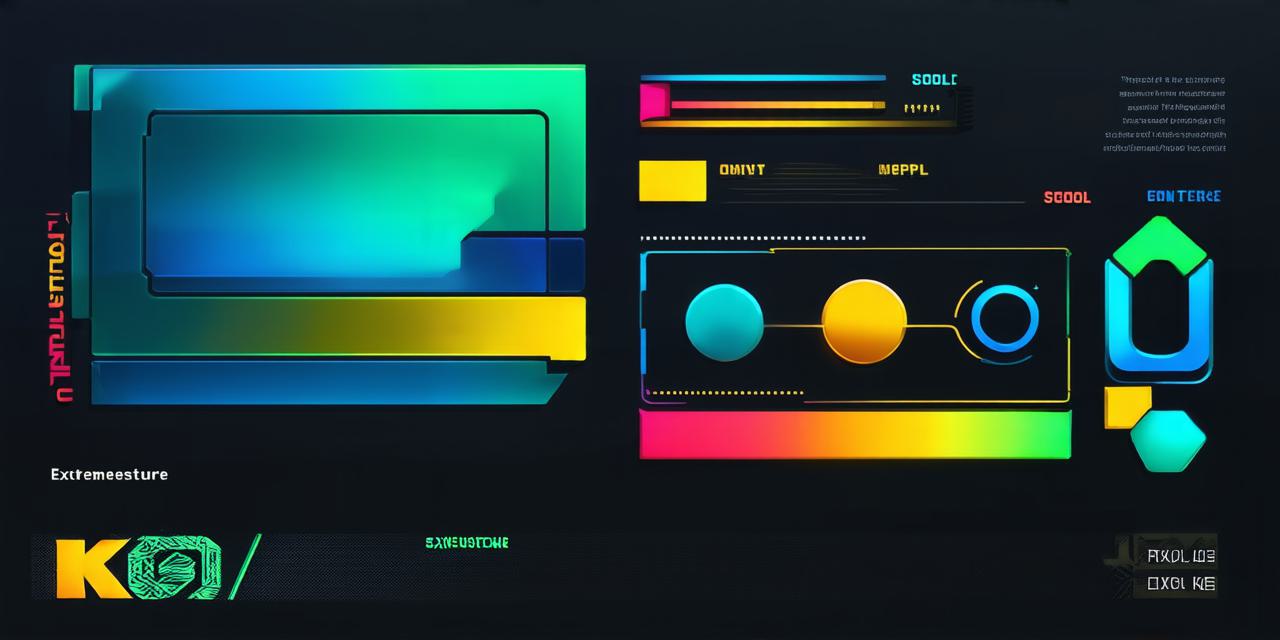
In the dynamic world of mobile gaming, a well-structured game design document (GDD) is your roadmap to success. This article will guide you through the process of creating an all-encompassing GDD that guarantees optimal results.
Why a Comprehensive GDD Matters
A robust GDD serves as the backbone of your game, ensuring coherence and consistency throughout development. It’s like a blueprint for architects or a script for filmmakers – indispensable tools that streamline the creative process.
The Anatomy of an Effective GDD
- Concept & Overview: Start with a compelling introduction, outlining your game’s concept, target audience, and unique selling points.
- Game Mechanics: Define the rules, controls, and interactions that drive your game. This section should be detailed yet easy to understand, appealing to both developers and players.
- Art & Sound Design: Describe the visual and auditory elements that bring your game to life. Include character designs, environments, color palettes, sound effects, and music.
- Level Design: Break down each level, detailing objectives, challenges, and rewards. This section should provide a clear progression path for players.
- Monetization Strategy: Outline your revenue model, whether it’s in-app purchases, ads, or premium pricing. Explain how this strategy aligns with player expectations and the game’s overall design.
Case Study: Angry Birds vs. Flappy Bird
Comparing these two iconic mobile games highlights the importance of a comprehensive GDD. While both games share similar mechanics (physics-based, one-touch controls), their success lies in their distinct level designs, art styles, and monetization strategies.
Experimentation & Iteration
Remember, your GDD is not set in stone. Regularly test, analyze, and refine your design based on user feedback and market trends. This adaptability will ensure your game remains competitive and engaging.
FAQs
1. What tools can I use to create my GDD?
There are numerous digital tools available, such as Google Docs, Trello, or specialized software like Scapple or Figma.
2. How detailed should my GDD be?
Aim for a balance between detail and clarity. Your document should provide a comprehensive overview without overwhelming readers with excessive technical jargon.
3. Should I involve other team members in creating the GDD?
Absolutely! Collaboration ensures a unified vision and fosters a sense of ownership among your team.
In conclusion, a well-crafted game design document is the key to unlocking your mobile gaming success. By following these guidelines, you’ll create a roadmap that guides you through development, ensuring a polished, engaging, and profitable final product.
